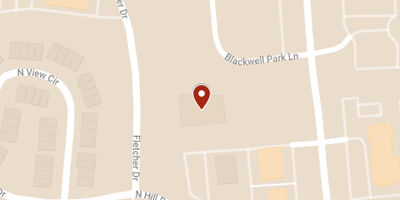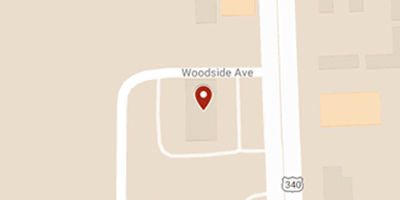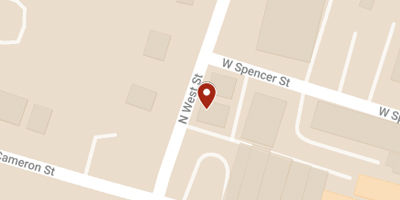.jpeg) Turn signals are standard accessories on cars for a reason; much like brakes and rear-view mirrors, they’re meant to help prevent accidents. However, if you choose not to use them, to use them only occasionally, or to use them only when you feel like it, they can’t do their job to warn others and consequently help save your life.
Turn signals are standard accessories on cars for a reason; much like brakes and rear-view mirrors, they’re meant to help prevent accidents. However, if you choose not to use them, to use them only occasionally, or to use them only when you feel like it, they can’t do their job to warn others and consequently help save your life.
Proper use of turn signals can accomplish the following:
- Keeping pedestrians safe. Turn signals warn pedestrians and bicyclists that you’ll be turning in order to keep them from crossing in your blind spot; otherwise, they might walk out in front of you, causing you to crash right into them.
- Changing lanes securely. When you’re changing lanes, your signal can warn other motorists that you need space to get over, so they may adjust their speeds. If they don’t know you want to come over, they can’t give you the room and if you move over without warning, you could cause them to swerve or collide into you or another motorist.
- Alerting vehicles behind you. Turn signals also warn cars behind you of potential speed adjustments. By warning the cars behind you that you’ll be turning and thus slowing down, they can preemptively slow down as well. However, if they have no warning, instead of safely matching your speed, they could potentially hit the brakes too late and cause a rear-end collision.
Types of Crashes Caused by Misuse of Turn Signals
Not using a turn signal while operating a vehicle can lead to various types of accidents, endangering the driver, passengers, and other road users. The failure to signal intentions can result in confusion, misinterpretation, and the inability of others to anticipate the driver's actions. Here are potential types of accidents that can occur due to the absence of a turn signal:
- Side collisions. Without a turn signal, drivers in adjacent lanes may not be aware of a forthcoming lane change, increasing the risk of side-impact collisions.
- Rear-end collisions. When a driver suddenly slows down or makes an unexpected turn without signaling, it can lead to rear-end collisions as other vehicles fail to anticipate the change in speed or direction.
- Intersection accidents. Failing to use a turn signal while approaching or turning at an intersection can cause confusion and result in collisions with vehicles traveling straight or turning from other directions.
- Merging accidents. Insufficient signaling during merging maneuvers can lead to collisions as other drivers are unaware of the merging driver's intentions.
Using turn signals is a crucial aspect of responsible driving, helping to communicate intentions and promote overall road safety. If an accident occurs because someone does not signal a turn, that driver could be held liable for resulting damages.














